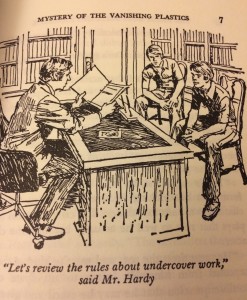Recently, on the strength of the news of Alan Rickman’s death, I attempted something I hadn’t done for years and started watching Truly Madly Deeply. I used to own it, but that was a few broken relationships and one or two deaths ago, so this time I had to stop after 25 minutes because my nose was completely blocked and the tears were starting to soak my shirt collar.
Most of the time, I know better.
I dislike saying it, because it makes me feel shallow, but I hate depressing movies. Part of this is just the way I’m made, I suspect, and the other part is the perception that a lot of these tearjerkers are “women’s movies”—or worse, “date movies”—and so people think I will enjoy them. I vividly remember watching some complete painfests with my high-school sweetheart as a result of this idea: I’d pick comedies (Splitting Heirs was bad, but not so bad I cried about it), and he’d pick things like Steel Magnolias and the Stella Dallas remake with Bette Middler. By the time I realized he was watching the big-screen equivalent of Lifetime movies for my sake, we’d already broken up, and I’ve made sure to be clearer about my preferences since then.
That said, there are a few things I like even though they cause me to wail like the very cranky baby Mom assures me I was. Some highlights:
- “They’re Tearing Down Tim Riley’s Bar,” an episode of Night Gallery about a man whose life is unraveling between his wife’s sudden death and the machinations of a business rival.
- The part right before the end of The Last Unicorn. The part right before the end of Young Sherlock Holmes. The part right before the end of The Secret of NIMH. Kids’ movies reserve the right to stomp on your heart, but will generally dust it off and return what’s left of it in the last ten minutes.
- The end of Hellboy. That’s when I try to explain to anyone else watching that it’s one of the most romantic movies ever. Even though that should be self-evident.
Readers (if any), what about you? Tearjerkers? Nonstandard tearjerkers? Outright refusal? If anyone has a rousing defense of the Stella movie, I’d especially like to hear that.


















